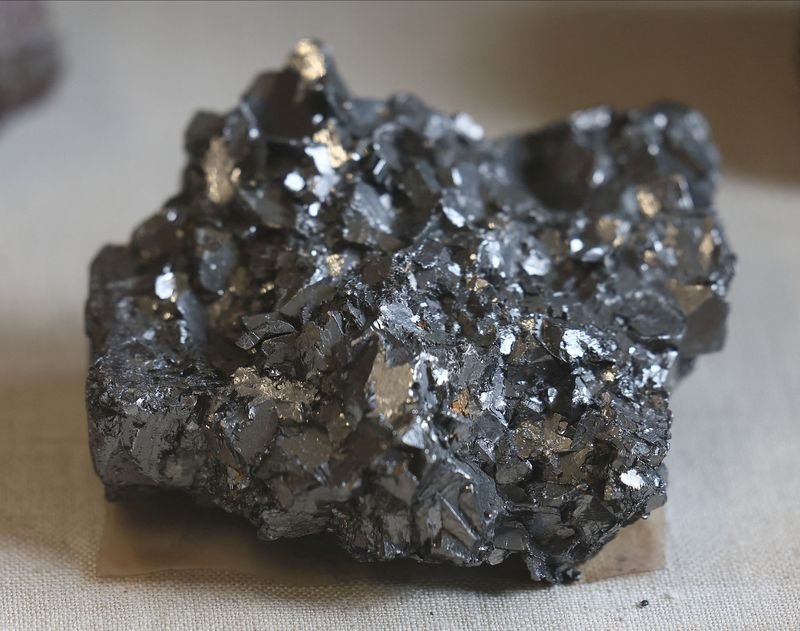US to Implement 93.5% Tariff on Graphite Imports from China
The United States is preparing to impose a substantial tariff on graphite imported from China, as reported by various sources. This move signifies a major shift in trade policies and has the potential to impact key industries reliant on graphite in the coming years.
Understanding Graphite’s Importance
Graphite is a crucial material used in numerous applications, including batteries, lubricants, and steel production. As the demand for electric vehicles and renewable energy solutions grows, so does the need for high-quality graphite. The impending tariff could affect both the availability and cost of this essential resource across various sectors.
Reasons Behind the Tariff
The decision to impose a 93.5% tariff on graphite imports stems from ongoing trade tensions between the US and China. American officials have cited concerns over unfair trade practices, especially regarding production and pricing strategies employed by Chinese manufacturers. This tariff aims to level the playing field for domestic producers, making American-sourced graphite more competitive in the marketplace.
Potential Impact on Industries
A high tariff on graphite is likely to influence several industries that depend on this vital resource.
Battery Manufacturers
With the rising popularity of electric vehicles, battery manufacturers are among the most affected. High-quality graphite is essential for lithium-ion batteries, the most common type used in electric vehicles. If costs rise due to increased tariffs, manufacturers may have to search for alternative materials or pass on the additional costs to consumers, potentially slowing the growth of the electric vehicle market.
Steel Production
Graphite also plays a significant role in steel production as a lubricant in the manufacturing process. A significant tariff could lead to increased operational costs for steel manufacturers, which might ultimately affect pricing in the construction and automotive industries. These industries are already facing supply chain disruptions, and additional costs could exacerbate existing challenges.
Renewable Energy Sector
The renewable energy sector heavily relies on carbon-based materials, including graphite, for various technologies. Wind and solar power solutions may encounter higher production costs due to the import tariffs, impacting the overall transition to cleaner energy sources.
Domestic Production and Alternatives
In light of the new tariff, there could be a renewed push for domestic production of graphite. The US has significant natural graphite reserves, and this could lead to increased investments in local mining and processing facilities. Such investment not only aims to increase supply but also seeks to create jobs and bolster the economy.
Furthermore, companies may explore alternative materials or innovative technologies that reduce dependence on graphite. Research into substitutes or advanced manufacturing methods can provide opportunities for diversification in industries heavily reliant on graphite.
Response from Chinese Manufacturers
In response to the looming tariffs, Chinese graphite manufacturers are likely to adjust their strategies. This may include looking for markets outside the US, thereby focusing their sales efforts on nations with fewer trade restrictions. This shift could create new geopolitical dynamics in global trade, as countries compete to provide necessary materials while navigating international tariffs.
Conclusion
The planned implementation of a 93.5% tariff on graphite imports from China marks a significant change in US trade policy. As various sectors grapple with the implications of this decision, the potential effects on industries such as battery manufacturing, steel production, and renewable energy remain to be seen. As domestic production gains attention, the future of graphite sourcing may evolve rapidly, influencing prices and availability across multiple applications.
